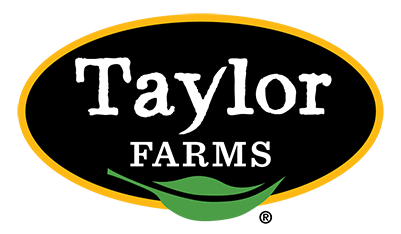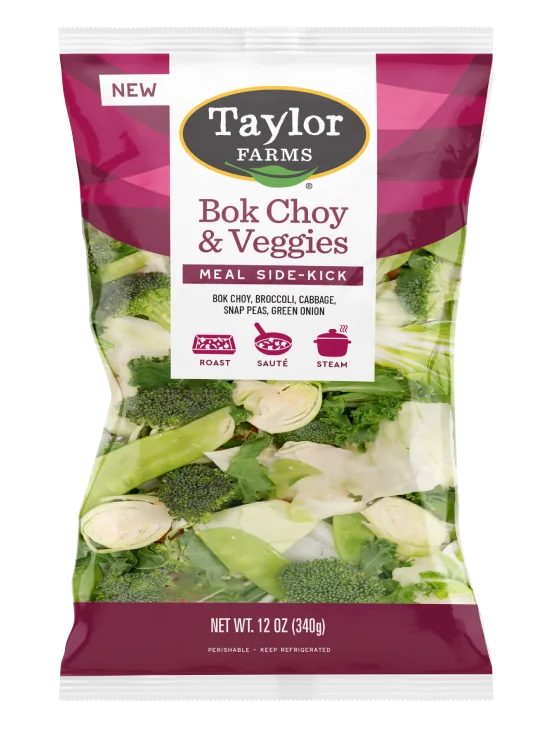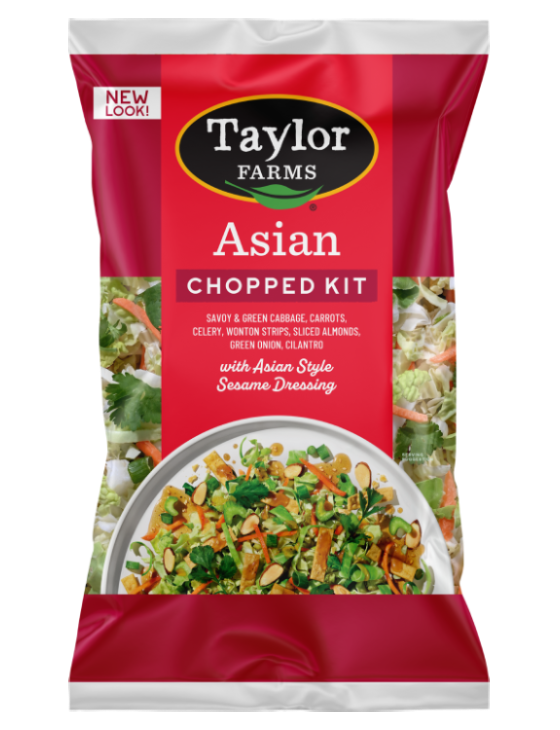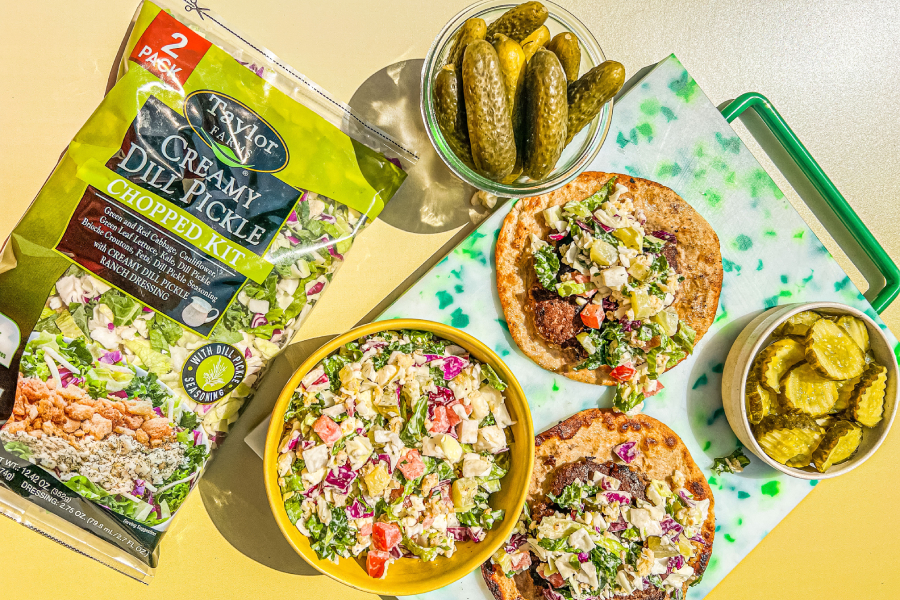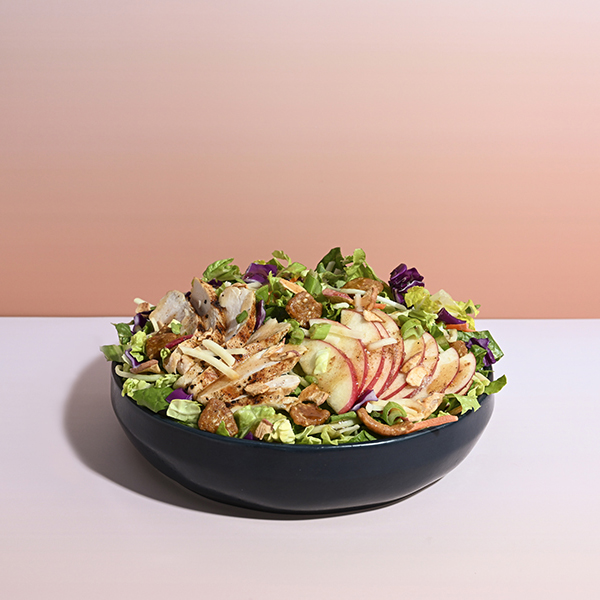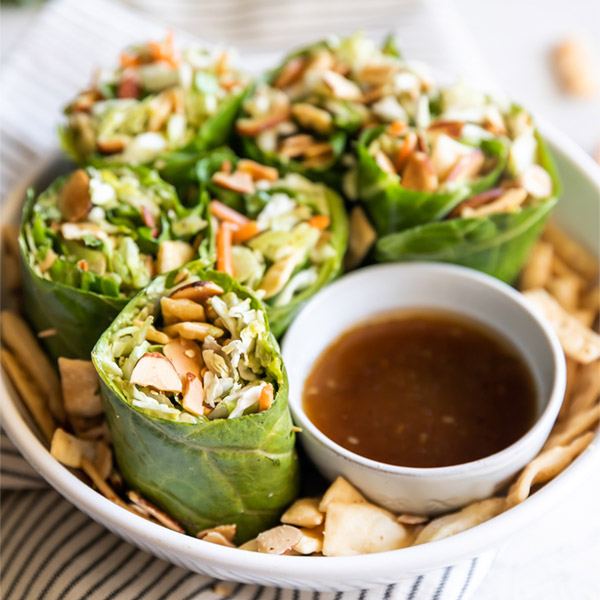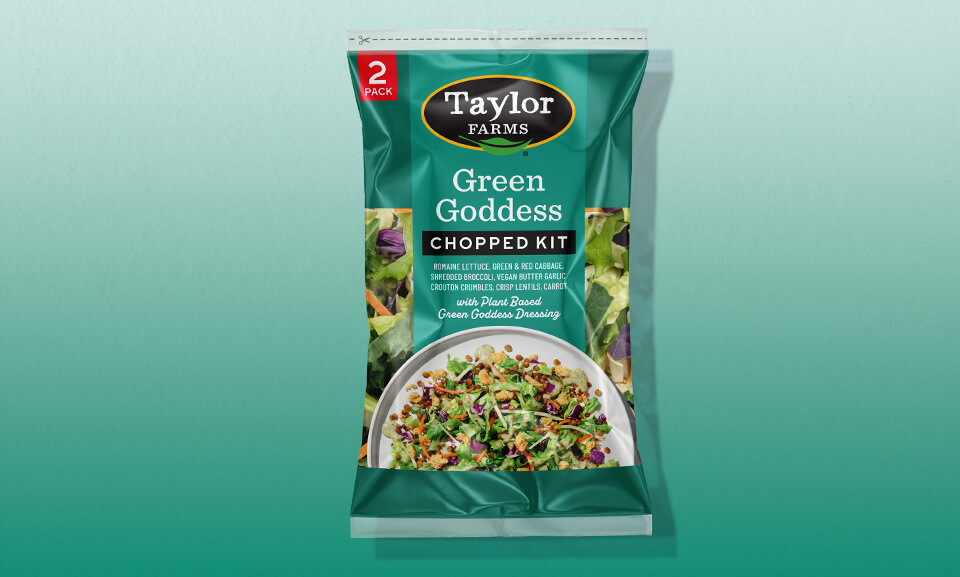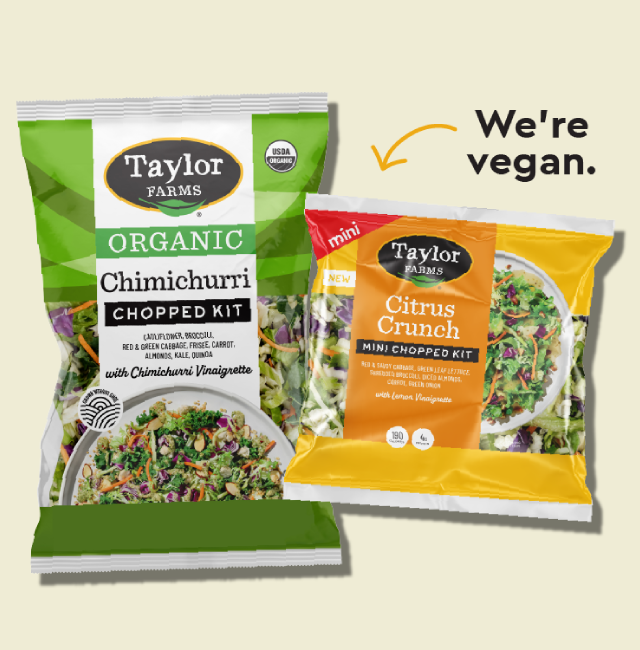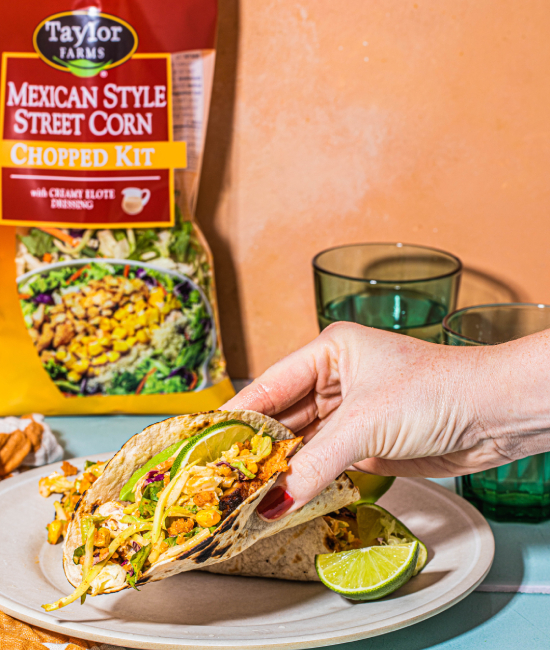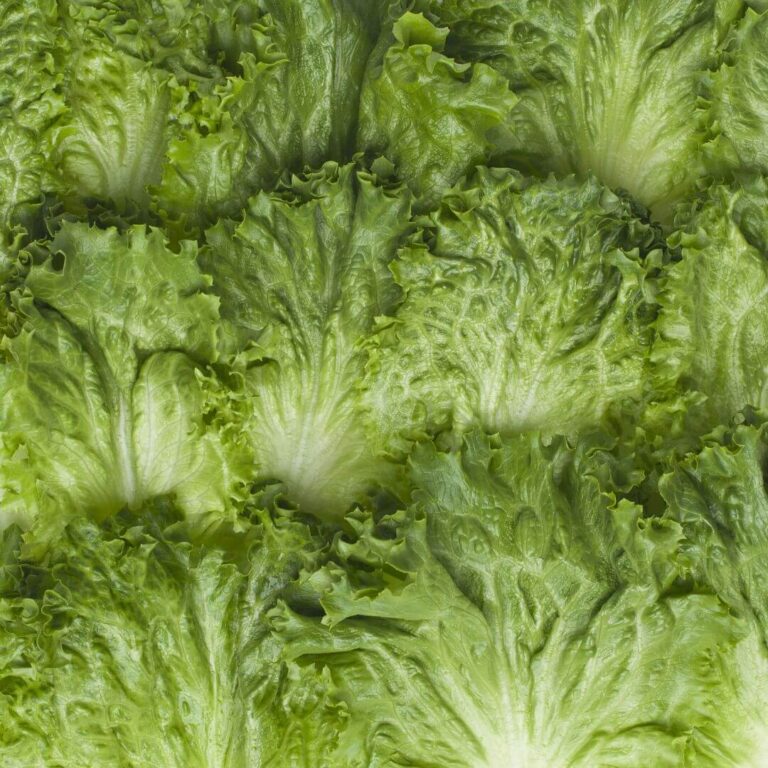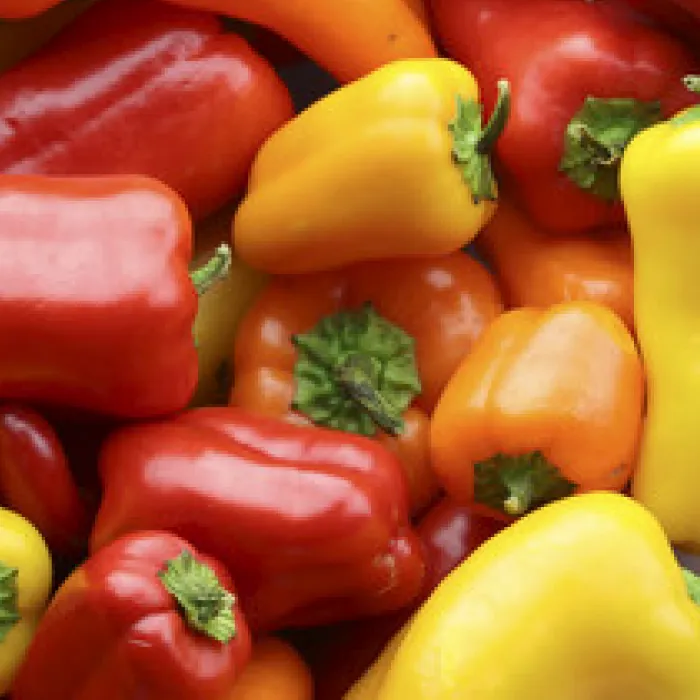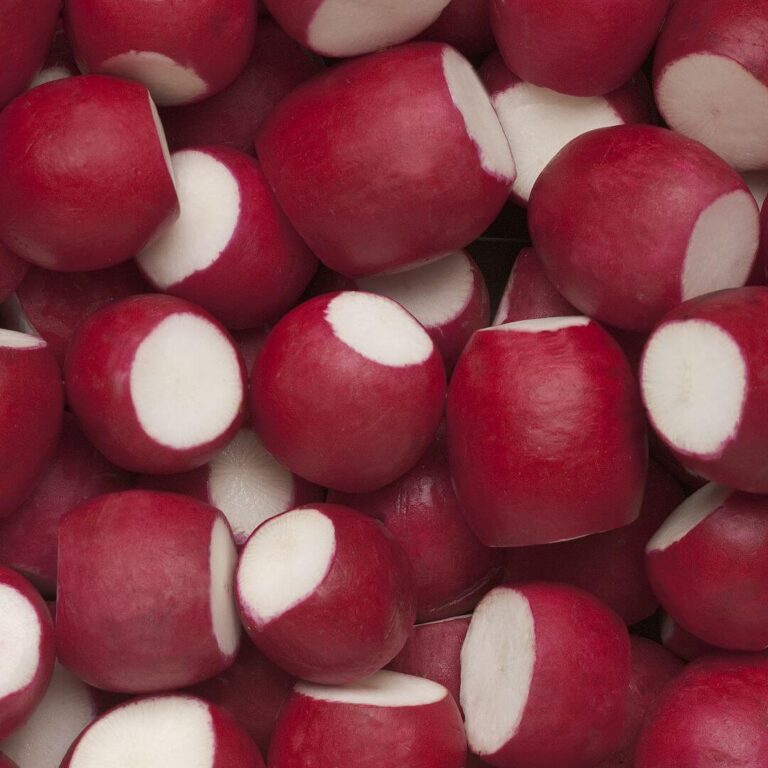Green Cabbage at a Glance
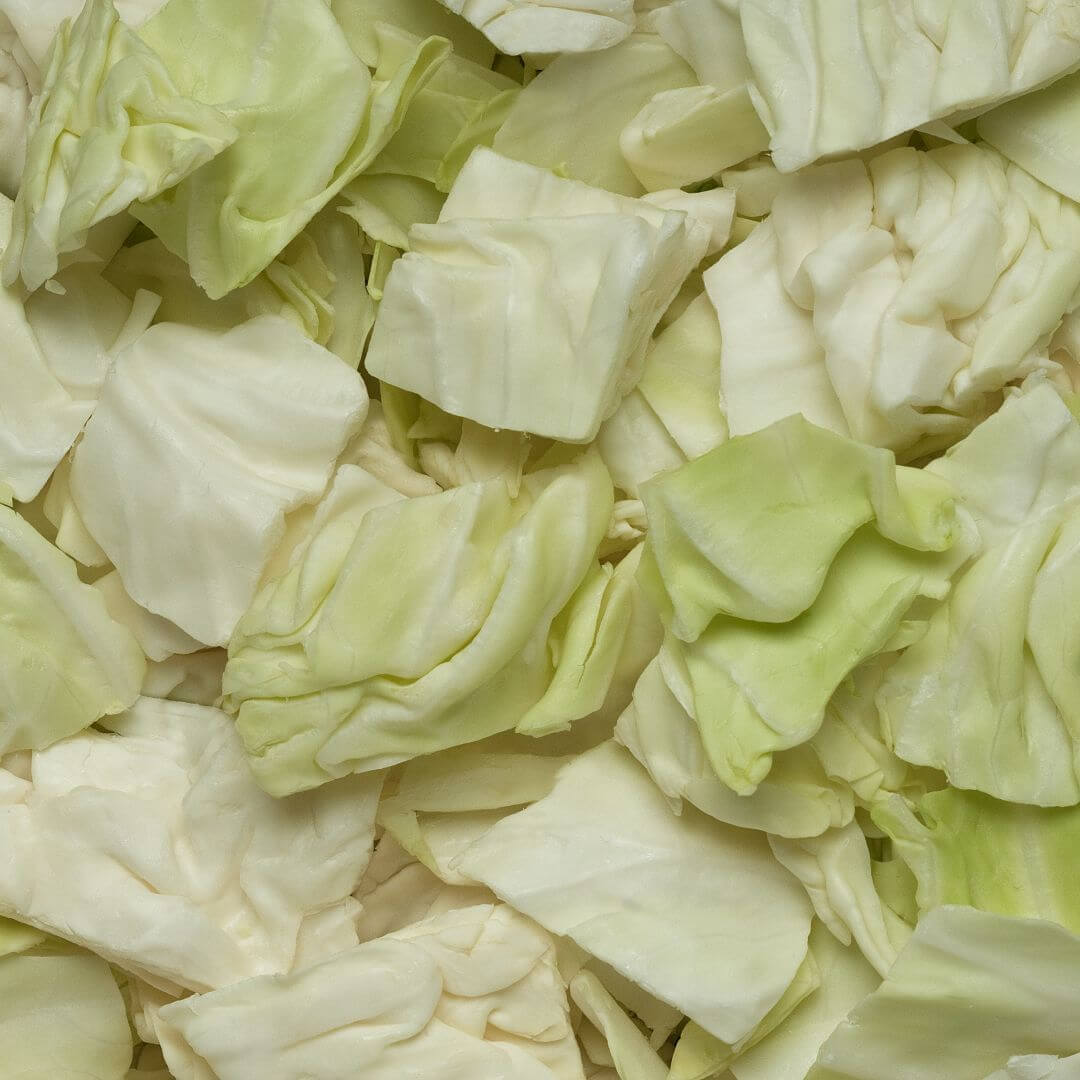
Scientific Name: Brassica oleracea var. capitata
Family: Brassicaceae
In season: Late fall through early spring, though available year-round in many regions.
Varieties: Early Green, Late Flat Dutch, Stonehead, Golden Acre, among others.
Great for: Coleslaws, salads, stews, stir-fries, fermentation (like sauerkraut), and boiled dishes.
Green Cabbage Nutrition
Vitamin K
Vitamin C
2 grams of fiber
Common Questions about Green Cabbage
A fresh leaf of green cabbage offers a crisp, clean crunch when eaten raw. It boasts a mildly peppery kick, reminiscent of radishes, but gentler. There’s also an earthy undertone to its flavor. Eating it raw in salads or slaws allows you to fully experience its unique combination of refreshment and slight spiciness, complemented by a natural sweetness that’s subtle yet pleasantly noticeable.
Once cooked, the peppery zing green cabbage softens, and its earthy notes become more pronounced. Depending on the cooking method, its texture can range from tender-crisp in quick sautés to meltingly soft in slow-cooked dishes. As it cooks, green cabbage releases its natural sugars, giving it a milder and slightly sweeter profile. However, overcooking can lead it to develop a sulfurous aroma, so keep a keen eye on the cooking time to ensure its flavor remains palatable and pleasant.
Whether it’s braised with apples and onions, incorporated into soups, or simply steamed, cooked green cabbage offers a warmth and comfort that’s hard to resist.
Growing green cabbage
The primary indicator of a green cabbage’s readiness for harvest is the firmness of its head. When you gently squeeze the cabbage, the head should feel solid and dense. Typically, a mature cabbage head will be about the size of a softball or even larger, depending on the specific variety. However, size alone isn’t always an accurate determinant, as some varieties are naturally smaller or larger. Green cabbage usually takes about 70 to 100 days to mature from transplanting, but, again, this can vary with the variety.
If the cabbage starts to show signs of bolting (sending out a flower stalk), it’s crucial to harvest it immediately, as bolting can make the cabbage taste bitter.
Purchased green cabbage
Just as with harvesting, a cabbage that’s ready to eat should have a firm, dense head. Soft spots or a loose feel can indicate aging or internal rot. The outer leaves should be crisp and free of extensive blemishes. And while some outer leaves might naturally have some spots or discolorations, the majority should look vibrant and fresh.
A fresh cabbage should have a mild, earthy scent. A strong, unpleasant, or off-putting odor is a sign that the cabbage is past its prime or is beginning to spoil.
Remember, even if the outer leaves of a purchased cabbage look a bit rough, they can be peeled away to reveal the fresher layers underneath. However, always trust your senses; if something seems off about the cabbage, it’s probably best to avoid consuming it.
Store the entire unwashed cabbage head in your fridge’s vegetable compartment. Use a plastic bag for storage, ensuring it’s not entirely sealed so it can still let in some air. This approach can preserve the cabbage’s freshness for about two weeks. If you’ve got cut or chopped cabbage, either seal the portions tightly with cling film or store them in a sealed container. Consume the pieces within several days to ensure optimal freshness.
Certainly! First, thoroughly wash the green cabbage and discard old or damaged outer leaves. Quarter the cabbage and take out the core. Then, cut it according to your preference, be it finely or in larger pieces. Blanching the cabbage before freezing is suggested for enhanced taste and color, blanching the cabbage prior to freezing is suggested.
When stored correctly, green cabbage can remain in the freezer for up to 10-12 months. However, for peak flavor and texture, it’s best to consume it within 6-8 months for peak flavor and texture. When you’re set to use the frozen cabbage, you can simply toss it directly into dishes like soups, stews, or stir-fries or let it defrost in the fridge beforehand.
Green cabbage is a remarkably adaptable plant that can be grown in a variety of climates and regions worldwide. And while green cabbage has its origins in Europe, it has successfully spread across the world due to its adaptability and resilience. With the right conditions, it can be grown in almost any region, from backyard gardens to large-scale farms.
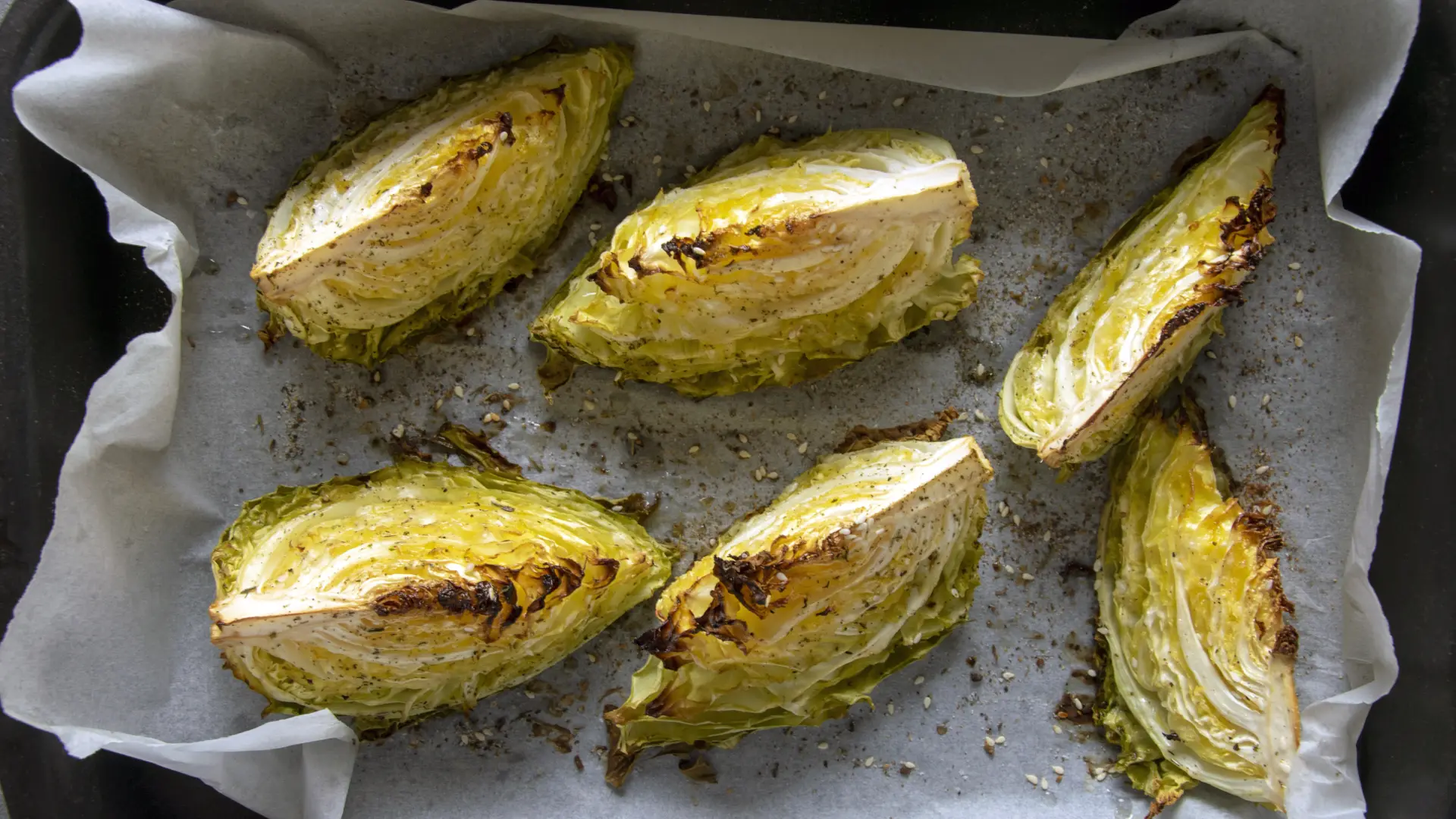
How to cook & serve green cabbage
Boiled: Boil chopped or whole cabbage leaves in salted water until tender. This method is often used for classic dishes like corned beef & cabbage.
Steamed: Place cabbage wedges or chopped pieces in a steamer basket. Steamed cabbage retains its nutrients well and offers a delicate texture, making it great as a side dish.
Stir-fried: Quickly cook thin slices or shreds of cabbage in a hot pan with some oil. Toss with garlic, ginger, and soy sauce for an Asian flair.
Braised: Slow-cook cabbage wedges with some broth, wine, or even apple juice. Add seasonings like caraway seeds or juniper berries for enhanced flavor. Braising turns cabbage sweet and meltingly tender!
Grilled: Brush cabbage wedges with oil, season, and grill them until they’re charred and tender.
Roasted: Toss chunks or wedges with olive oil, salt, and pepper. Roast at a high temperature until the edges are crispy and the inside is tender.
Fermented: Green cabbage is the primary ingredient in sauerkraut, a tangy, fermented dish.
Green cabbage easily complements sausages, potatoes, carrots, onions, apples, and various herbs and spices like caraway seeds, dill, or thyme. Whether it’s in a soup, casserole, or as a standalone side, green cabbage effortlessly enhances many dishes.
